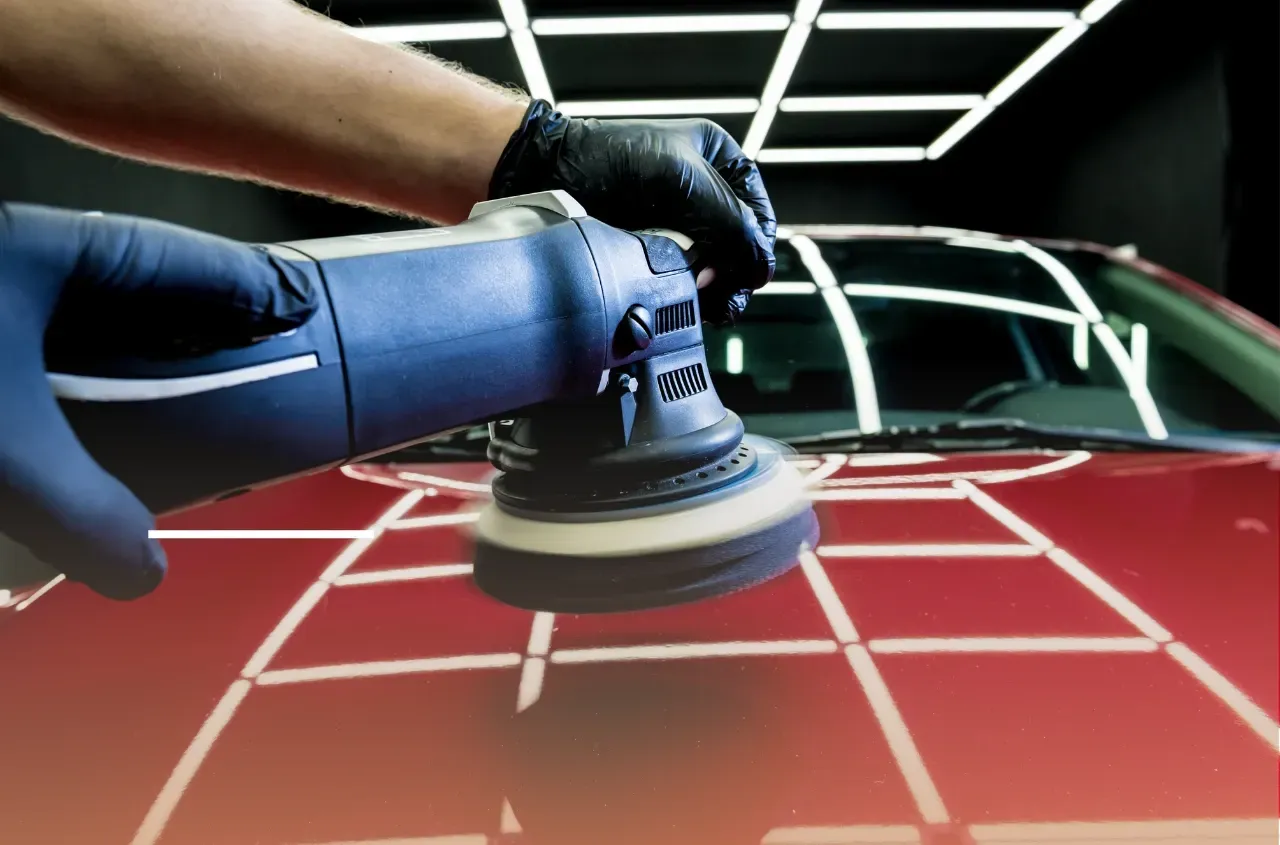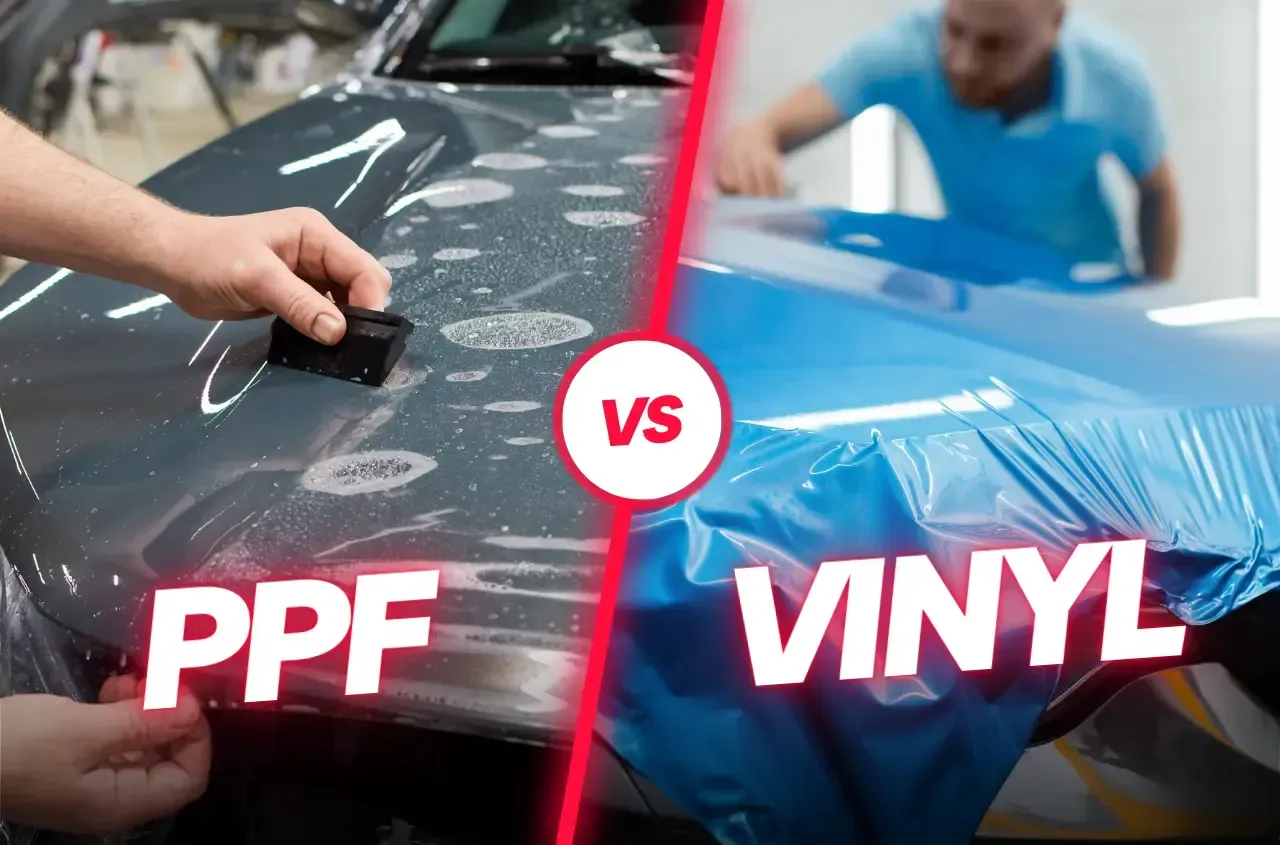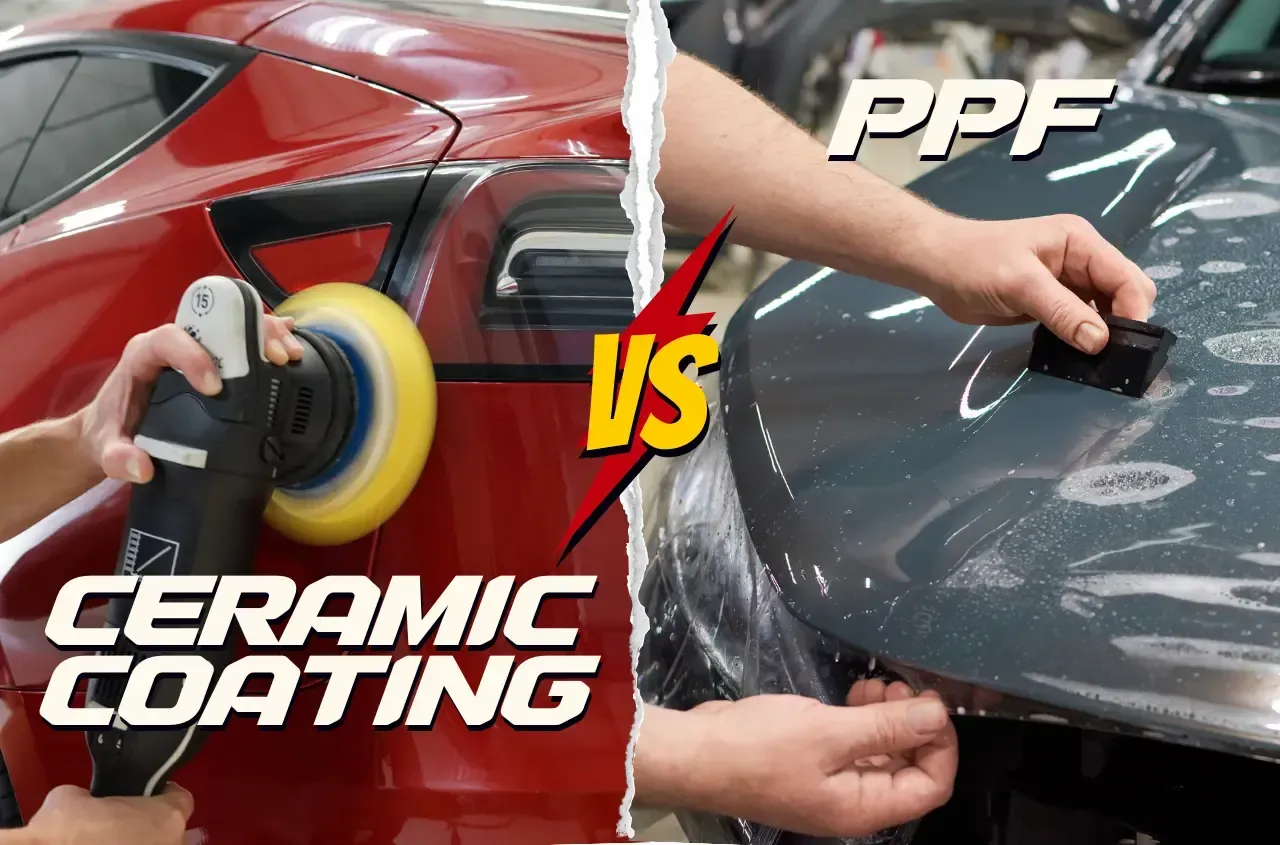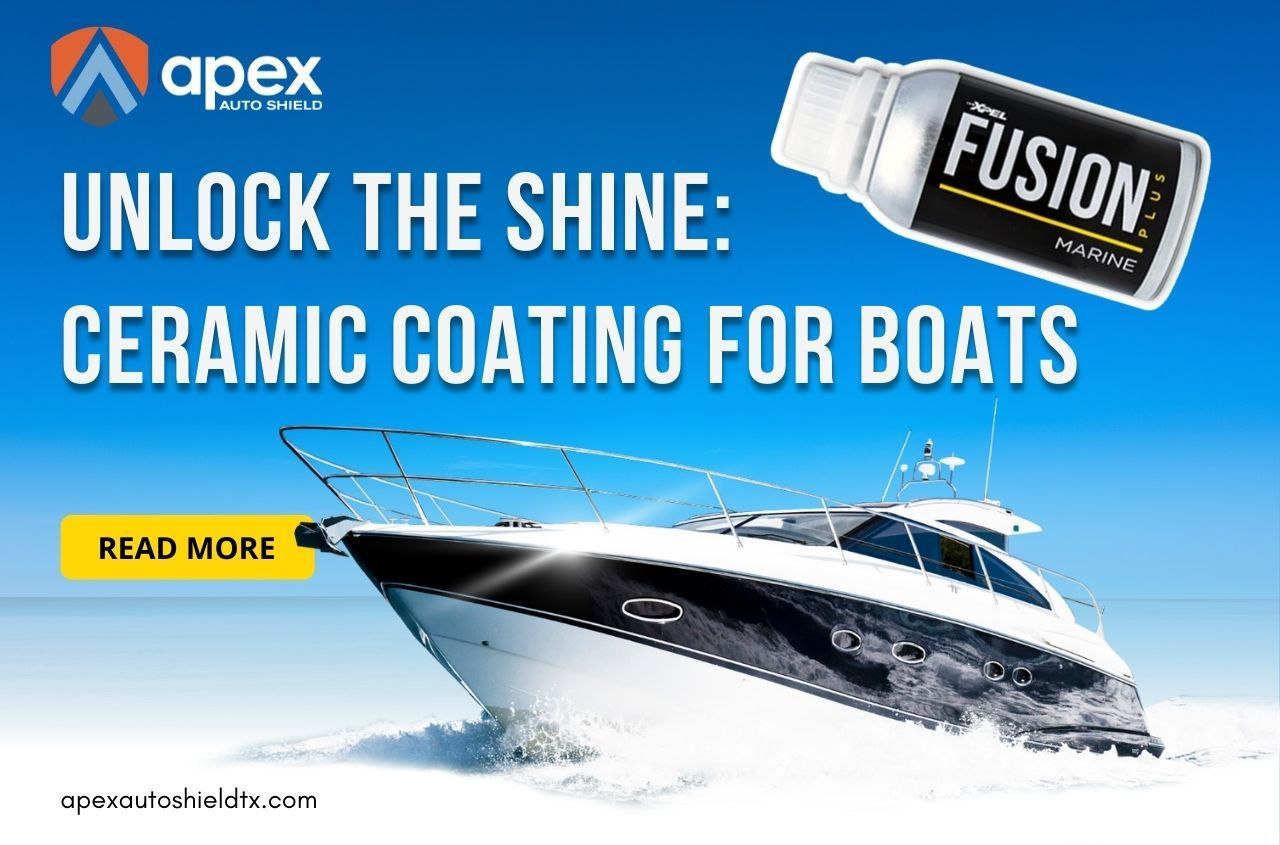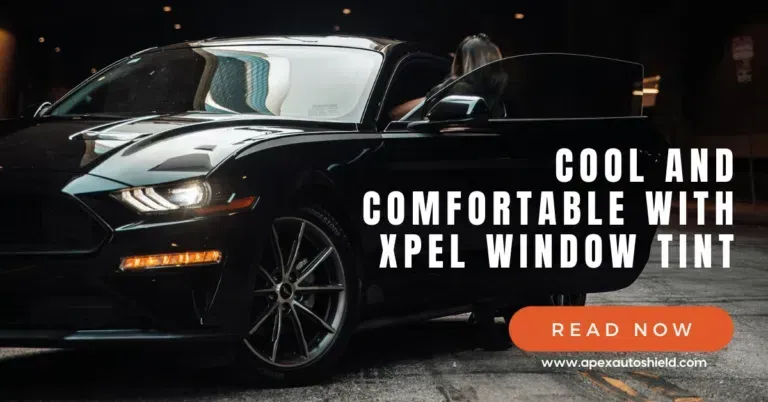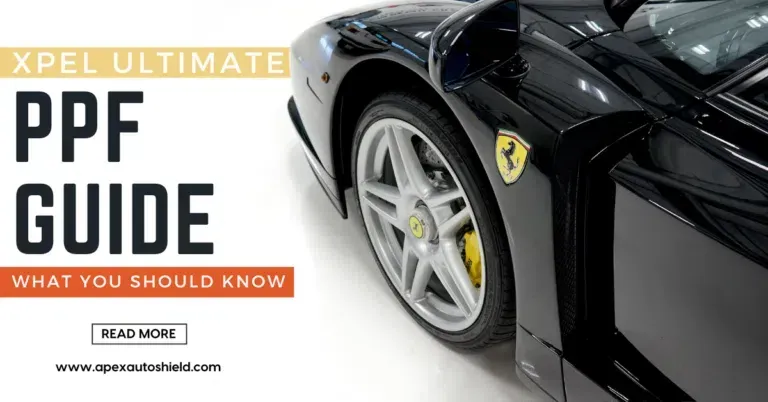Ceramic vs Graphene Coatings: Facts, Myths, and Marketing
Graphene coatings burst onto the scene with the promise of being a technological leap ahead of ceramic coatings. The marketing narratives often present graphene as a miracle material that offers stronger, longer-lasting, and glossier protection. But this messaging, while persuasive, frequently oversells the actual on-the-car performance of these products. Real-world testing and user feedback often reveal that graphene coatings do not drastically outperform ceramics, if they do at all.
In fact, much of the hype surrounding graphene stems from its novel status and limited public understanding. Marketers use impressive-sounding terminology and vague scientific claims to suggest superiority, but these claims frequently lack transparent, third-party testing to back them up. For consumers, this means paying more for a name rather than a noticeable difference in quality.
What is graphene?

Graphene is scientifically remarkable, it's a single layer of carbon atoms arranged in a hexagonal lattice, known for incredible strength, conductivity, and thinness. These attributes make it a superstar in fields like electronics and materials science. However, these same properties don’t automatically translate into superior performance when mixed into a liquid coating for cars.
The key limitation is in how graphene is processed for commercial use. The pure form of graphene is not stable or practical for consumer-level products. So most companies use derivatives like graphene oxide, which carry only a fraction of the original material’s benefits. In the context of automotive coatings, these watered-down versions may have some effect but not enough to warrant the claims often made.
What's Actually in the Bottle?

When you buy a bottle of “graphene coating,” what you’re often getting is a ceramic-based formula with trace amounts of graphene oxide—or, in some cases, none at all. Unlike ceramic coatings that are built on silicon dioxide (SiO₂) and have a well-established chemical behavior on car surfaces, graphene-based solutions vary widely in formulation and quality.
This inconsistency is a problem. Because the term “graphene” isn't tightly regulated in the car care industry, any brand can slap the word on a label even if the amount is minuscule. Unless the product comes with detailed composition data or testing certificates (which most do not), consumers have no real way to verify what's inside. It's more marketing than chemistry.
Real-World Product Testing
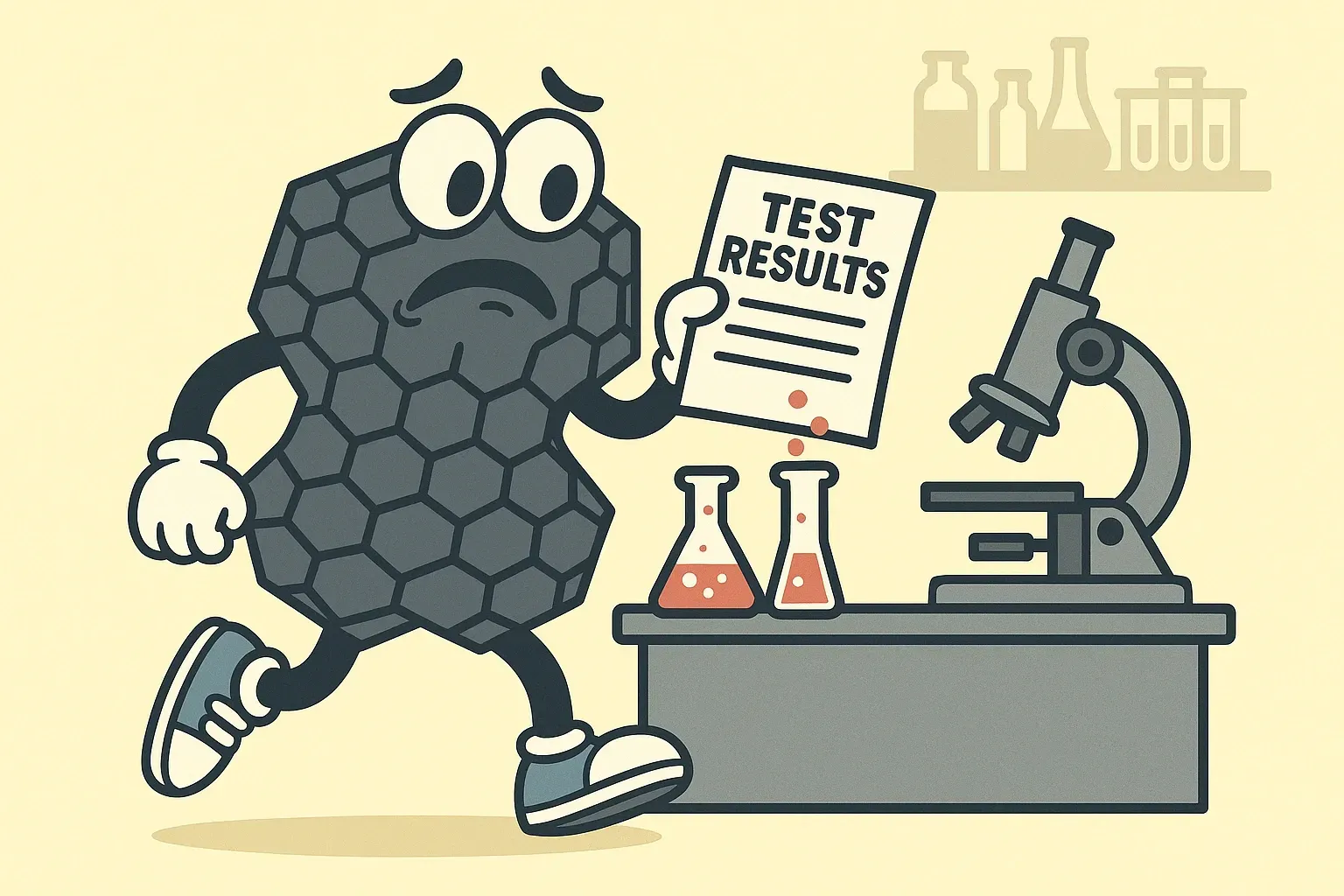
Tests performed by detailing professionals and enthusiasts show that many graphene coatings perform similarly to high-quality ceramic coatings in areas like water repellency and shine. However, these tests also reveal that some graphene products fall short when it comes to longevity and ease of application. Unlike ceramics, which are often durable for a year or more, some graphene coatings start to break down within a few months.
The variability between brands is also significant. Some graphene-infused coatings might slightly outperform cheaper ceramics, but not necessarily premium ones. What’s more, there’s little consensus on how to properly apply and maintain these newer coatings, making them more of a gamble than a reliable upgrade.
Premium Pricing Tactic

With a shiny new buzzword comes a shiny new price tag. Graphene coatings typically retail at a higher price point, sometimes by 20–30% or more. The irony is that this increase is rarely justified by a parallel increase in performance. It’s a classic case of perception versus reality, consumers are led to believe they're investing in something elite and cutting-edge, even when results don't reflect that.
Companies exploit this gap in consumer knowledge, banking on the futuristic sound of “graphene” to upsell what is essentially a slightly modified ceramic coating. For detailing shops and DIYers alike, this means potentially spending more without receiving commensurate value. The decision often comes down to branding rather than benefits.
Ceramic Coating Still Holds the Crown
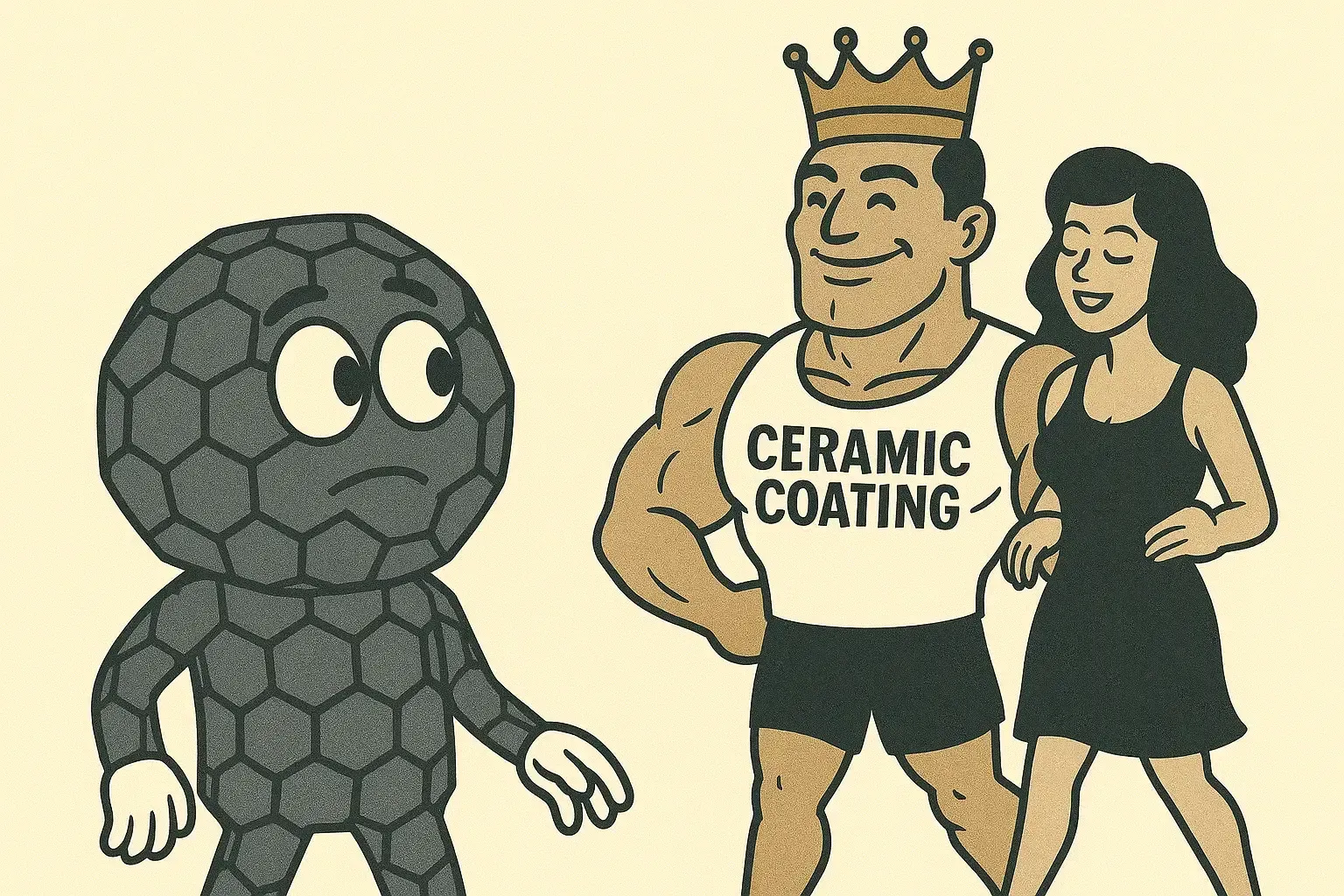
Ceramic coatings have been around for years and have earned their place in the automotive care world. They’re made from tried-and-true compounds that create a hardened, hydrophobic layer on your car’s paint. This provides real-world protection against UV rays, dirt, and even minor abrasions. Importantly, they come with a well-documented performance track record.
Compared to the ambiguous nature of graphene products, ceramic coatings remain a safer bet. The technology is mature, application techniques are well-known, and results are consistent across various price points and brands. For most consumers, especially those new to car detailing, ceramic coatings offer the best balance of price, performance, and reliability.
Final Recommendation
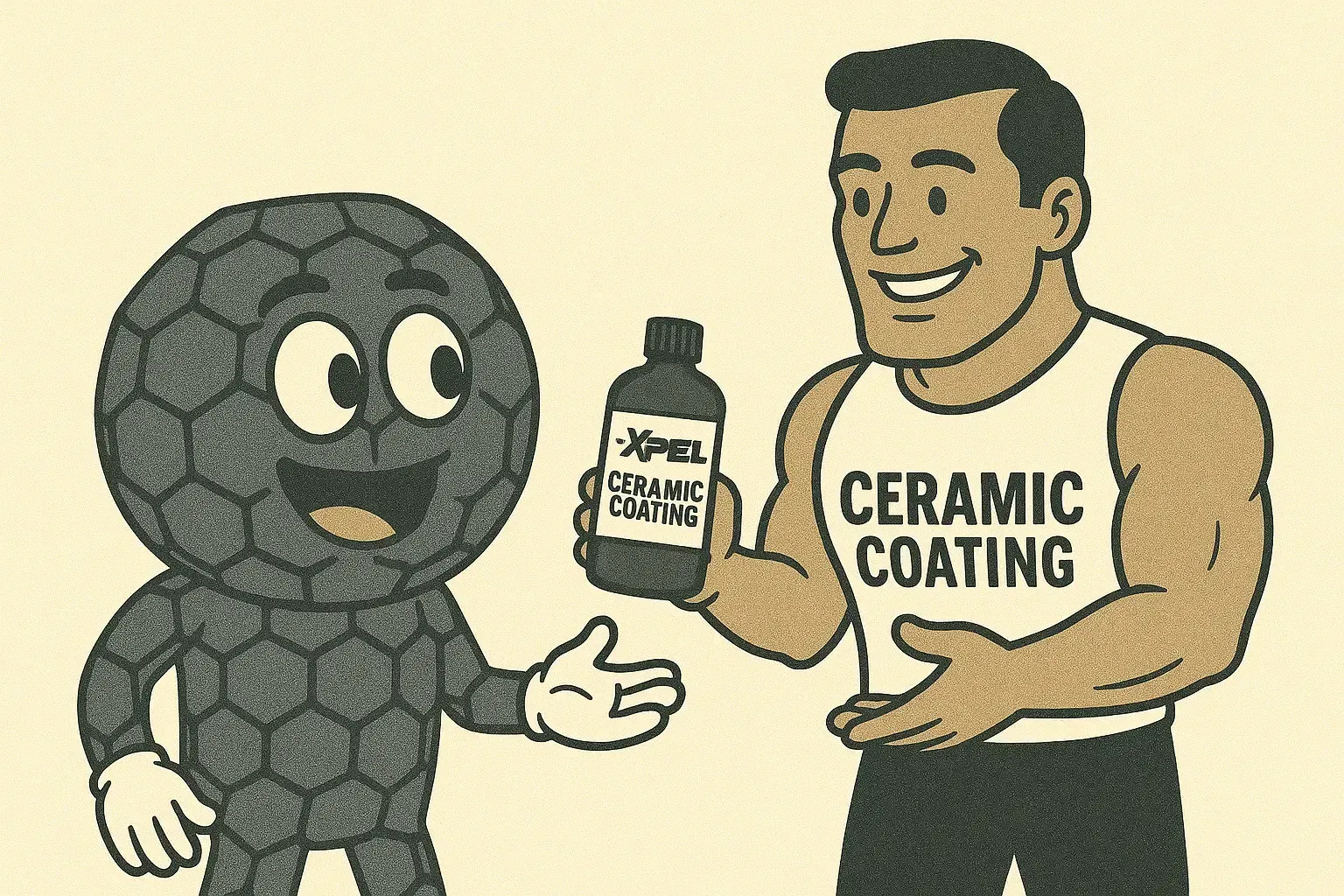
If you’re looking to coat your car with something that works and lasts, don’t fall for the graphene buzz without scrutiny. It’s essential to look beyond flashy packaging and promises, and instead focus on performance data, real-world tests, and user reviews. While graphene has incredible potential in some fields, automotive coatings aren’t yet the area where it fully shines.
Stick with reputable ceramic coatings unless you’re willing to experiment—and potentially be disappointed. Until more regulation and standardization hits the graphene coating industry, consumers should be wary of equating new with better.
Get a QUICK QUOTE TODAY
General Contact

